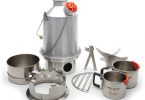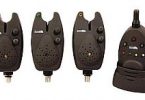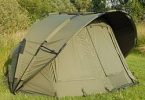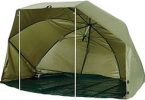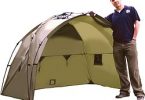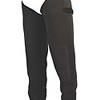Let me start by saying there’s no such thing as a perfect bivvy. As with many purchases it’s all a matter of compromises. What’s best for me, my style of fishing and the venues I fish won’t necessarily be best for you.
Here are a few of the questions to ask yourself before deciding what to buy, some obvious, others you may not have thought of.
How long does it take and how easy is it to set up and dismantle? If it’s hissing down this can be pretty important! Also the easier it is to take up and down the more likely you are to move to fish you see feeding.
Will the inner get wet if you’re setting up in the rain (a problem with many tents and a few bivvies)?
Is there an inner in fact? This reduces condensation but increases weight.
How heavy is it? Here, how far you’ve got to walk to your swim is obviously important. Also consider the shape for transportation. For instance will it go into your rod holdall, or will you need a barrow. If the latter, are there any stiles or fences to get over?
How roomy is it? Will it take all your gear? Remember you’ll need a lot more for a week long session than an overnighter. However a big bivvy may not fit in tight swims.
How much visibility does it give so that you can watch the water and/or your indicators? For many non-carp anglers in particular this can be vital. Front windows and a see-through door are very useful here.
How quick and easy is it to get out of in a hurry? Is the door fiddly to open, especially at night? Is there a pronounced lip you could fall over?
How mossie proof is it? On some waters this can make the difference between comfort and hell!
How cool is it in the summer (most bivvies get really hot then)? The thinner the material, especially if there’s only one skin, the worse the heat will be. Good ventilation, or better still rear windows or a second exit in the rear are very useful here. So is extra headroom and a vent in the ceiling.
How warm is it in the winter? Obviously a heavier material will help here but will add weight. The answer may be an extra skin just for winter use. However bear in mind these rarely have windows so visibility may be restricted.
How does it stand up to strong winds? Is it stable enough? Some lightweight bivvies simply aren’t up to gale force weather. Talking of winds, does the bivvy rustle and flap in the wind? Those with a central roof vent do when the waterproof cover to protect the vent goes on.
How easy is it to keep clean? Here a groundsheet or an inner that can be taken out for washing can be a blessing.
These are by no means all the factors you need to consider. However I hope they enable you make a better choice as to what’s right for you.
I’ll leave you with just one final bit of advice. When you do buy your next bivvy do have a trial run setting it up in the garden. The time spent will be more than saved on the bankside and won’t spoil your fishing trip.
This I’ve learnt from bitter experience!
Steve Burke, 2008
For a huge range of bivvies for sale, both new and used, please visit our sister-site
www.bivvies.co.uk


